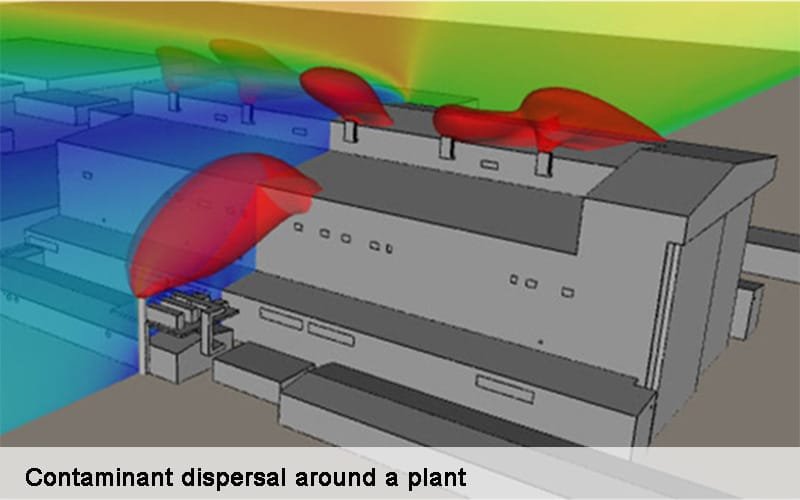Air Dispersion and Pollution
Our Approach
Dispersion modelling is a complex process that requires sophisticated modelling and experience based interpretation of numerical results. It is an essential tool in air quality management and provides a link between discharges of pollutants into the air and operation of the mechanical systems.
Poorly performing fresh air supply and extract systems may affect human comfort and health.
This approach takes into account building geometrical effects, supply and extract vent of the mechanical ventilation systems, which some simpler methods of air dispersion modelling do not.
Benefits
Dispersion modelling provides less onerous and more accurate results.
Typical Applications
Typical dispersion analyses include the assessment of:
- Urban environment pollution (kitchens, exhaust of ventilation systems, etc.).
- Air quality of newly proposed site (at amenity areas, terraces, balconies, air intakes of the HVAC systems) in densely built and polluted urban and suburban regions.





